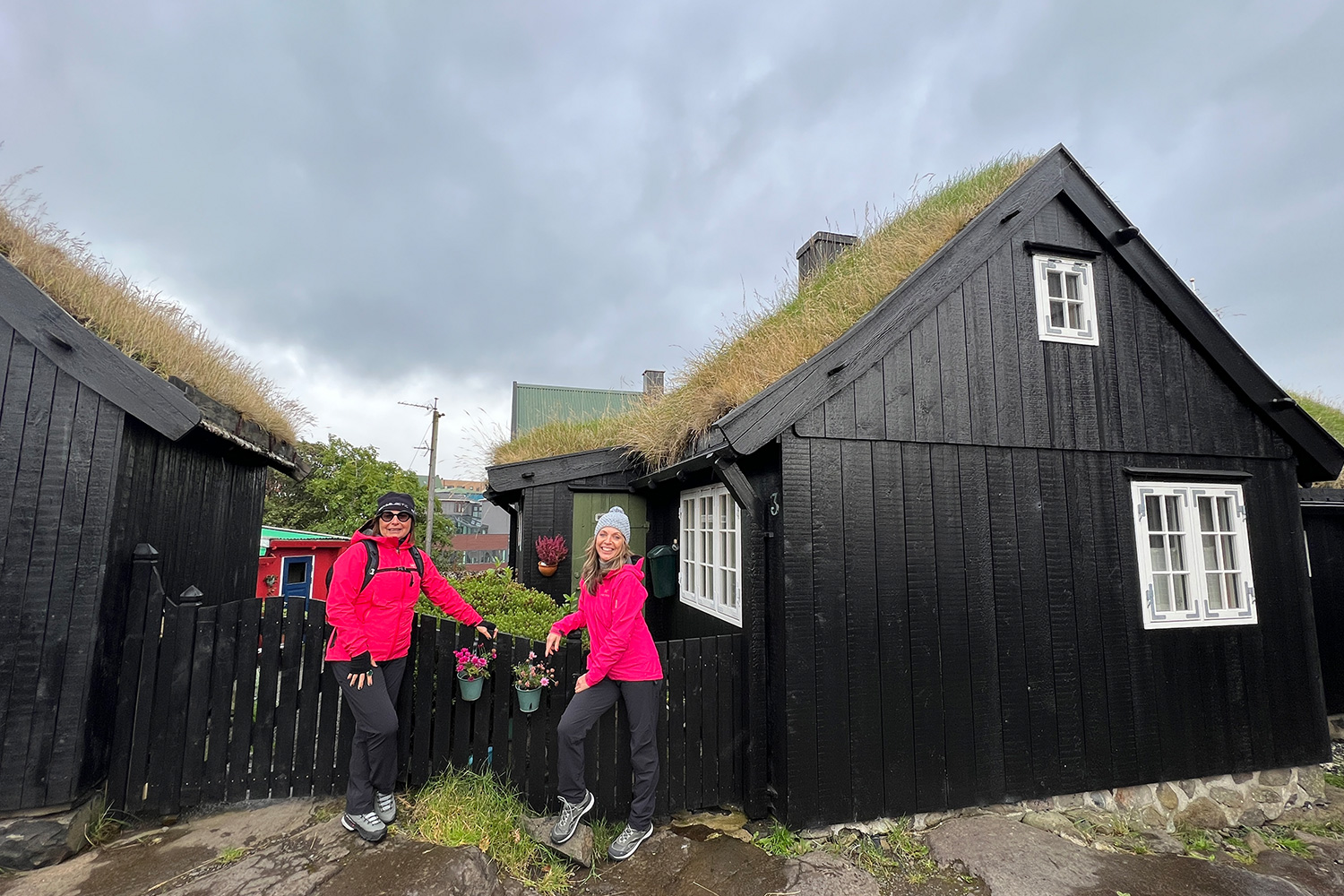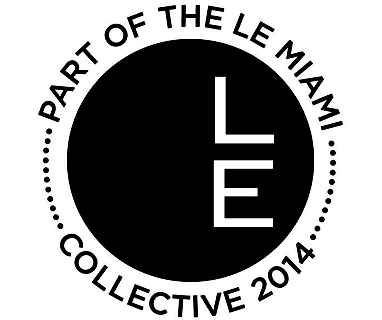Located in the heart of the North Sea, northwest of Scotland and halfway between Iceland and Norway, the Faroe Islands emerged millions of years ago, as a result of a great volcanic activity, after Greenland separated from the European continent.
A little-known archipelago of eighteen islands of great beauty, with an extraordinary geography of spectacular cliffs, impressive waterfalls, caves, grottoes and places that seem to come out of a fairytale postcard.
Well connected with Copenhagen and some European cities, they offer the traveler a unique experience of activities in nature, connection with the locals, good food and a surprising culture, the result of the influence of the cultures that have traveled through them, mainly Vikings from Scandinavia and Celtic and Scottish travelers.
The approach of the flight to the island of Vagar, where the only airport in the Faroe Islands is located, is already a spectacle in itself. Through the shy mist, deep green mountains emerge, full of waterfalls brimming with water and lots and lots of sheep! It is not by chance that Faroe means, in antic Norse, Sheep Islands.



Our center of operations, from which we have explored the rest, has been the island of Streymoy. Here is located the capital, Tórshavn, one of the smallest in the world.
This small and cozy town has surprised us, offering an attractive range of stores, local designer boutiques, good accommodation, cafes and fine restaurants.


In fact, we have savored delicious dishes in these islands, especially those made with lamb.
The excellent quality of this Faroese product is largely due to the weather conditions here, which allow the vegetation to absorb each and every nutrient from the soil, before being consumed by the island sheep.



A stroll through the old town of Tórshavn is one of the best ways to get into the culture and history of the Faroes. With buildings that preserve the traditional architectural style, among which is the Parliament, one of the oldest active in the world.

Local art and culture are well represented in Tórshavn. The National Gallery is an ideal place to experience the nature and history of the Faroe Islands, through a journey through the works of a number of local artists exhibited here. One of its main attractions is one of its rooms, made of glass and mirrors, where you can look up to 700 meters up and down, it is very unique!

In a huge warehouse converted into a particular Museum of History, we were able to learn very interesting details about the origin, history and way of life in such remote islands. Our guide explained how these islands emerged after a great volcanic activity, millions of years ago, creating this archipelago of deep valleys, fjords and mountains. He also shared with some information about the Vikings who sailed to them, the fishing industry and popular traditions.

The isolated location of the Faroe Islands makes them an ideal refuge for a large number of bird colonies and, although during our visit many of them had already migrated, it is worth mentioning that these islands are a paradise for birdwatchers.
Puffins, Northern Gannets, ospreys..., in the spring months and especially in summer, these bird colonies offer a unique spectacle.


And the best way to enjoy this spectacle is from the sea. By sailboat, speedboat, or kayak... Caves and sharp canyons serve as perfect scenery for the observation of these birds.


Hiking is also one of the great attractions of these islands. The ancient paths run between valleys and mountains that lead to remote lighthouses, dizzying cliffs and one of the jewels of this place, Lake Leitisvatn, or "lake above the ocean", so called because of the visual effect that its location produces.
Getting here was quite an experience, the winds were blowing strong!
We had never seen such beautiful rainbows before!

The island of Kalsoy, where we arrived sailing aboard a Nordic schooner, was one of the locations chosen by the film crew of the last James Bond movie, "No Time to Die". It was here where one of the key scenes of the movie took place, so, being great fans of the secret agent as we are, we decided to pay tribute to him by climbing to the highest point of the island, where the Kallurin Lighthouse is located. The beauty of the place is worth the effort.


Mikladalur, also on Kalsoy Island, is one of the places with the best views over the ocean. And also over the statue of an imponent "seal woman", whose legend captivated us.
At the cozy Cafe Edge, where the views over the ocean are truly breathtaking, we were rewarded for the effort of the hike with one of the best soups we have ever eaten.



With a total population of about 50,000 inhabitants, sheep twice their number, the Faroe Islands are not crowded - for now!
Their landscapes rival in beauty with their Nordic neighbors, Norway or Iceland, offering a very different, more private and intimate experience.
In addition, its people are friendly, fun and welcoming.
These islands had been on our radar for a long time and exploring them as we did was well worth it.





















